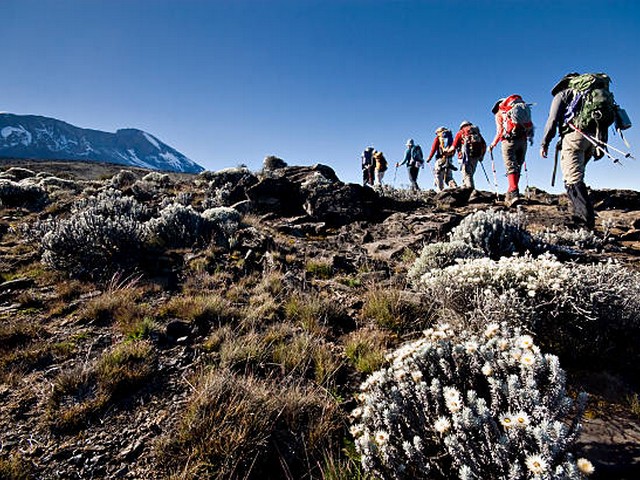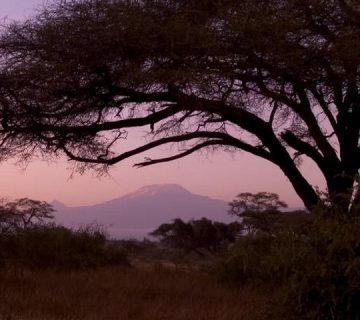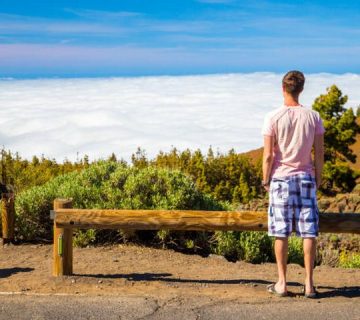Trekking Gear Checklist For Kilimanjaro Summit: Your Ultimate Guide
Introduction: Embark on a Majestic Journey to the Roof of Africa
Climbing Mount Kilimanjaro is a transformative journey, one that combines breathtaking vistas with the raw challenge of ascending to the highest point in Africa. As you prepare to tackle this mighty peak, proper preparation is your key to not just reaching the summit, but thoroughly enjoying every step of the adventure. At Kilimanjaro Centre for Trekking and Ecotourism (KCTE), we understand that the right gear can make all the difference. That’s why we’ve crafted this detailed and inspiring guide to help you gather everything you’ll need for your exhilarating climb to Uhuru Peak.
Why the Right Gear Matters
The path to Kilimanjaro’s summit takes you through five distinct climate zones – from tropical rainforest to arctic conditions. Each zone challenges you in different ways, making it essential to have versatile and sturdy gear. Equipping yourself adequately means not just comfort but safety. Our expert team at KCTE has spent years refining our Trekking Gear Checklist to ensure you’re well-prepared for every possible scenario on your climb.
H2: The Essential Trekking Gear Checklist For Kilimanjaro Summit
Clothing: Layering is Key
Base Layer: Start with moisture-wicking undergarments that keep you dry. Think synthetic or wool fabrics, not cotton, which retains moisture.
Insulation Layer: Your mid-layer should insulate you from the cold. Fleece jackets or down vests work well, especially in the cooler, higher altitudes.
Outer Layer: A waterproof and windproof jacket and pants are crucial. Conditions can change quickly on Kilimanjaro, and staying dry is imperative.
Footwear: Your Foundation
Hiking Boots: Invest in high-quality, waterproof, and broken-in hiking boots. Blisters or discomfort can ruin your trek, so make sure your boots are well-fitted and comfortable.
Socks: Bring several pairs of moisture-wicking socks, and consider wool or synthetic materials. Layering a thin sock under a thicker one can help prevent blisters.
Headgear and Gloves: Protect Your Extremities
Hat: A sun hat for lower elevations and a warm beanie or balaclava for the cold summit night.
Gloves: Waterproof, insulated gloves are necessary, especially during the final ascent in freezing temperatures.
Bags and Packs: Carry Wisely
Daypack: A sturdy daypack (25-35 liters) is essential for carrying your daily essentials like snacks, water, camera, and extra layers.
Duffel Bag: Most trekking packages include porters who will carry your main gear in a duffel bag. Ensure it’s durable and waterproof, typically 80-90 liters.
Sleeping Essentials: Rest Effectively
Sleeping Bag: Choose a four-season sleeping bag that can handle temperatures as low as -10 degrees Celsius. A sleeping bag liner can add extra warmth.
Sleeping Pad: A good quality, insulating sleeping pad is key for a restful sleep after a long day of trekking.
Miscellaneous Must-Haves
Sunglasses and Sunscreen: UV protection is crucial at high altitudes.
Headlamp: For those early morning or night treks, especially during the summit push.
Water Bottles or Hydration System: Staying hydrated is critical. Water purification tablets or a water filter can be very handy.
First Aid Kit and Medications: Include altitude sickness medication, pain relievers, bandages, and any personal medications.
H2: Additional Tips for a Successful Kilimanjaro Summit
Train Before You Trek
Conditioning your body can significantly impact your enjoyment and success on the mountain. Focus on cardiovascular fitness, strength training, and hikes that simulate Kilimanjaro’s long trekking days.
Nutrition and Hydration
Maintaining a balanced diet and keeping well-hydrated can help prevent altitude sickness. Discuss meal plans with us at KCTE when you book your climb, and we’ll ensure you get the necessary nutrition throughout your trek.
Trust Your Guides
Our KCTE guides are experienced, knowledgeable, and trained to handle the challenges of Kilimanjaro. Listen to them, follow their advice, and communicate openly about how you’re feeling.
Call to Action: Start Your Kilimanjaro Adventure with KCTE
Embarking on the Kilimanjaro summit trek is a lifetime adventure that demands the best – the best preparation, the best team, and the best equipment. Kilimanjaro Centre for Trekking and Ecotourism (KCTE) is dedicated to providing you with an unforgettable experience enriched by our expert guidance and support. Book your climb with us today, and let us help you reach the rooftop of Africa!
Frequently Asked Questions (FAQ)
Q1: What is the best time of year to climb Kilimanjaro?
A1: The best times are during the dry seasons, from late June to October and from late December to March.
Q2: How fit do I need to be to climb Kilimanjaro?
A2: While you don’t need to be an elite athlete, a good level of overall fitness is important. Cardiovascular endurance, strength training, and several practice hikes are highly recommended.
Q3: Can I rent some of my trekking gear locally?
A3: Yes, KCTE offers high-quality rental options for gear like sleeping bags, trekking poles, and even hiking boots. However, for best fit and comfort, we recommend bringing personal items like boots and clothing from home.
Q4: How do I manage altitude sickness during the climb?
A4: Acclimatization is key, so choosing a longer route can help. Stay hydrated, eat well, ascend slowly, and communicate any symptoms to your guide immediately.
Ready to tackle Kilimanjaro with confidence and the right gear? Contact KCTE today, and let’s start planning your journey to the summit together!




